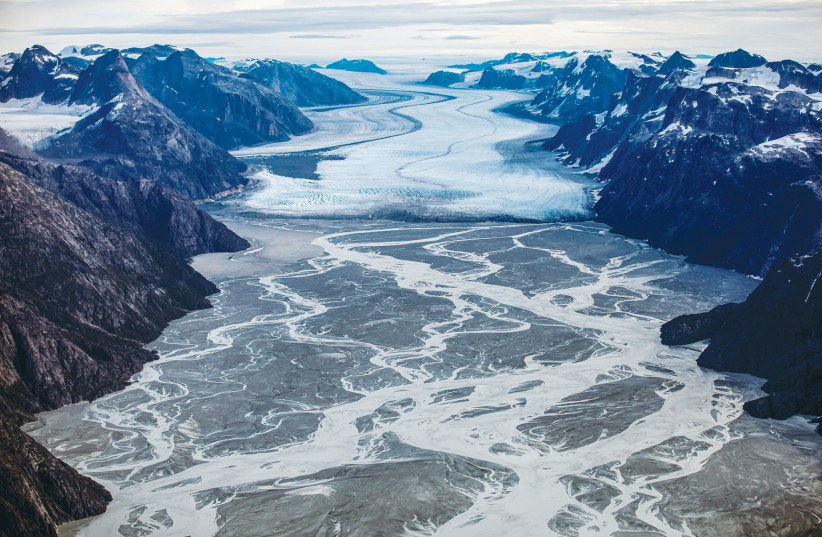A new study shows that‘time-traveling’ pathogens from melting permafrost and ice could be released due to climate change.
Glaciers and permafrost that are melting because of global warming now risk the re-emergence of many types of dormant pathogens that have been trapped within ice for millennia.
A new global study by the European Commission Joint Research Centre, published in PLOS Computational Biology, calculated the ecological risks posed by the release of these ancient pathogens using constructed simulated experiments where digital pathogens from the past invaded communities of bacteria-like hosts.
The researchers used an AI software platform called Avida, developed by Michigan State University, to construct and test the simulated release of the digital pathogens into biological communities.
The effects of the invading pathogens on the diversity of host bacteria where compared to those in communities where no invasions occurred and the researchers found that the pathogens could often survive and thrive in the modern world.

Pathogens could wipe out humans
About 3% became dominant in their new environment and 1% presented unpredictable results - some wiped out up to a third of the host species while others increased diversity up to 12%.
The risks posed by this 1% of released pathogens might seem small but researchers say these outbreaks are have the potential to be extremely dangerous.
“The scientific debate on the topic has been dominated by speculation, due to the challenges in collecting data or designing experiments to elaborate and test hypotheses. For the first time, we provide an extensive analysis of the risk posed to modern ecological communities by these ‘time-traveling’ pathogens through advanced computer simulations,” said lead author Dr. Giovanni Strona.
“We found that invading pathogens could often survive, evolve and, in a few cases, become exceptionally persistent and dominant in the community, causing either substantial losses or changes in the number of living species. Our findings therefore suggest that unpredictable threats so far confined to science fiction could in reality pose serious risk as powerful drivers of ecological damage.”
Flinders University Professor Corey Bradshaw says the new findings show that the risk of invasion of unknown pathogens is a cause for concern and should not be underestimated.
“From that perspective, our results are worrisome, because they point to an actual risk deriving from the rare events where pathogens currently trapped in the permafrost and ice produce severe ecological impacts. In the worst, but still entirely plausible case, the invasion of a single ancient pathogen reduced the size of its host community by 30% when compared to our non-invasive controls,” Bradshaw says.
“As a society, we need to understand the potential risk posed by these ancient microbes so we can prepare for any unintended consequences of their release into the modern world. The results tell us that the risk is no longer simply a fantasy that we shouldn’t be prepared to defend against.”
